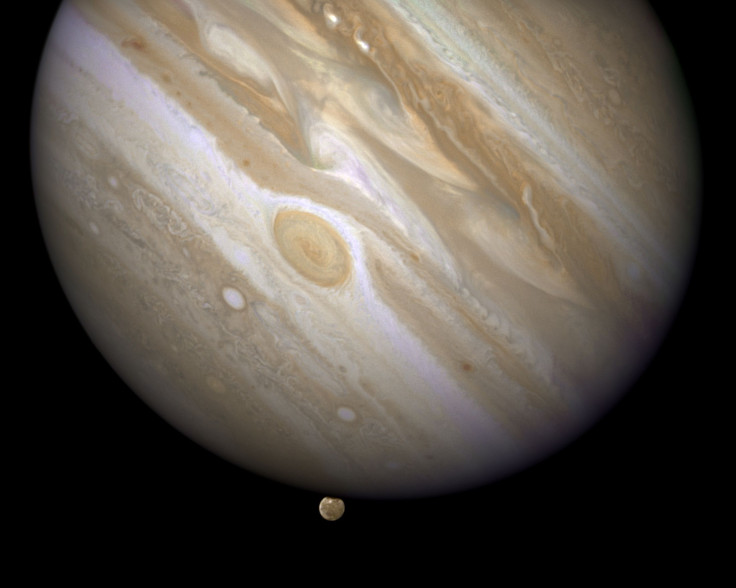NASA has a date with Jupiter after 20 years

NASA’s Juno spacecraft will, on July 4, 2016, brush past the planet that was discovered by Galileo Galilei in 1610. This much-awaited meeting promises to offer astronomers a virtual treat. Juno will flyby Jupiter every two weeks, looking into its heart from a distance of 5,000 kilometers to beam back what are expected to be some of the most amazing views of the largest planet of the solar system.
According to the Astronomy magazine, the Juno mission is just the beginning of the revival of NASA’s interest in Jupiter. Another mission, called the Europa Multiple Flyby mission, will follow up from where Juno will leave and is expected to be ready for launch in the 2020s.
Trouble with the Galileo spacecraft, which arrived in Jupiter’s atmosphere on Dec 7, 1995, had forced NASA to put its Jupiter mission on hold. Technical issues with the spacecraft led to compression of all observations, with data from the planet eventually drying up completely as Galileo went into safe mode after only about a dozen close flybys of Europa - the 6th closest moon of Jupiter. The Astronomy says Juno, with its ultra-modern instruments, will study the planet’s structure, atmosphere and magnetosphere, as well as the tantalising Europa with its icy terrains.
A recent Yahoo report says the Europa Multiple Flyby mission will seek to ascertain whether Europa, which is seen to have an ocean of liquid water under the ice, can support life. It quotes Sternovsky, an assistant professor at the University of Colorado Boulder on the team developing the spacecraft’s instruments, as saying that “each instrument on the Europa mission is going to assess one piece of this puzzle.”
Contact the writer at feedback@ibtimes.com.au or tell us what you think below.





















